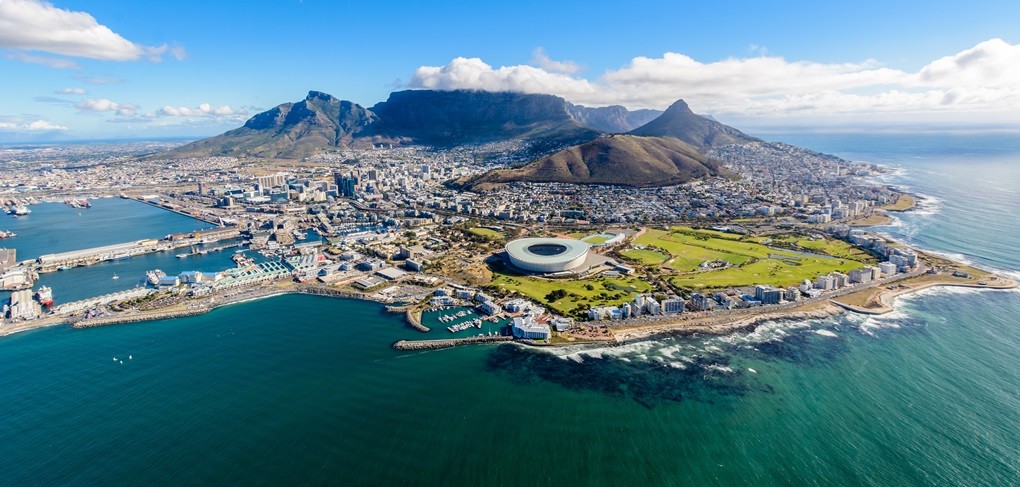In South Africa, invasive alien plants are possibly the greatest threat to Cape Town’s water security and climate resilience. Yet the City of Cape Town has made no effort to address this threat in response to the current drought.
The worst-case climate change scenarios predict about a 10% decline in Cape Town’s water supply by 2050. But we’re already losing this much to invasive alien plants in our mountain catchments.
The current loss of water supplied by the Western Cape Water Supply System (WCWSS) because of alien plants is more than 100 million liters per day (MLD) – nearly 20% of what Capetonians are currently using daily. These losses are expected to triple by 2050 if not addressed.
Restoring native plant species and maintaining our catchments in a healthy state is essential for water security and climate resilience for the city of Cape Town and the surrounding region.
The threat of invasive species to water security will not go away, and will only become a greater problem the longer it is not properly addressed.
There are short term gains to be made, but ultimately a large, long-term ecologcal restoration commitment across all levels of government is needed.
This would reduce the risk of extreme wildfires, reduce erosion and improve dry-season flows, while protecting our unique biodiversity (and tourism), and securing the many benefits that nature has to offer.
The drought in the Western Cape province of South Africa began in 2015, and has produced severe water shortages in the region, most notably affecting Cape Town. With dam levels declining to critically low levels, the city announced plans for “Day Zero”: if a particular lower limit of water storage is reached, the municipal water supply would largely be shut off. This would make Cape Town the first major city in the world to literally run out of water.
Through water saving measures and water supply augmentation, by March 2018 the City had reduced its daily water consumption by more than half, to around 500 million liters (110,000,000 imp gal; 130,000,000 US gal) per day. Thus, the initial forecast for Day Zero in April 2018 was re-forecast to 2019.
Photo of Cape Town via Adobe Stock.
Read full analysis by Jasper Slingsby and Mark Botha in GroundUp.

